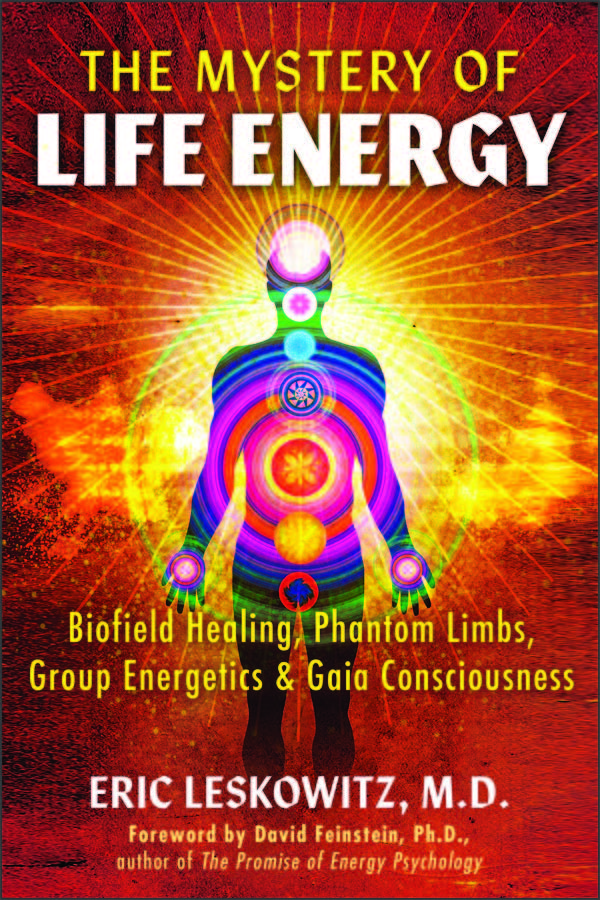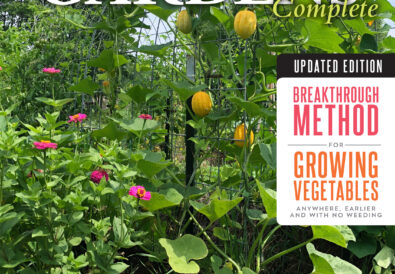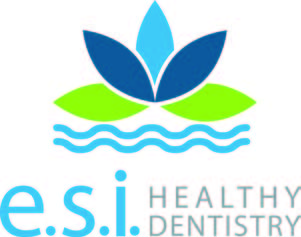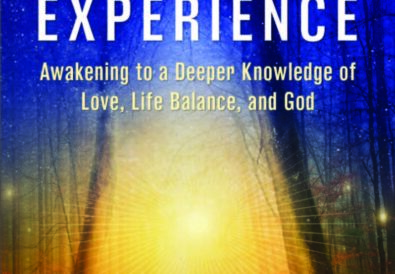Western medicine is the world’s only medical tradition that does not harness an invisible healing force or energy. In the East, there is prana (yoga) and qi (acupuncture, tai chi), but in the West, “energy” means a chemical like ATP. That’s because we view the body as a complex machine rather than a flowing organic web of interactions. Some medical mavericks have explored these forces, but they have not found a welcome home in Europe and America.
For example, in 1779 Paris, Franz Mesmer discovered a force that he called Animal Magnetism and he exploited it so effectively that wealthy clients left their conventional doctors and flocked to his practice. Those doctors convinced King Louis XIV to assemble a Royal Commission, and it debunked his work via a biased testing protocol. Mesmer left Paris in disgrace, and although he’s now generally thought of as a quack, I believe he was ahead of his time.
A more recent pioneer – Sigmund Freud’s student, Wilhelm Reich – met a similar fate in America. His research focused on “orgone”, an energy which was primarily sexual in nature; its free flow engendered health (he coined the term “the sexual revolution” in the 1940s). But when he developed a device to harness this energy, he stirred up opposition – an FDA investigation led to the burning of his books and his imprisonment for non-cooperation; he died in federal prison in 1957.
These are important cautionary tales, but the tide is definitely turning as a science of the human energy field – the biofield – evolves. Early clinical research in acupuncture, in Therapeutic Touch, and in Reiki and energy psychology (EFT), have led many hospitals to endorse these forms of energy medicine. The hospital I worked at for over 25 years, Spaulding Rehabilitation Hospital in Boston, was one of the first to introduce these measures though it was initially afraid of being an outlier in Boston’s conservative academic medical community. But a 1991 grant from the NIH helped us show that homeopathy could help TBI patients; positive clinical results obtained by several MD acupuncturists led to more acceptance, a process that is also occurring in many other hospitals.
My psychiatric work with their pain management team initially focused on mind/body approaches like meditation, teaching patients to regulate their own nervous systems while tapering off pain medications. But when I began to introduce energy-based techniques like Therapeutic Touch (biofield energy) and Energy Psychology (tapping on acupoints), several important findings about energy medicine and the biofield emerged.
Therapeutic Touch (TT) was originally designed as a nursing intervention; the nurse appears to smooth out the air surrounding her patient. Although there’s no physical contact, both the nurse and the patient can feel something in that seemingly empty space. And you can too – place your hands out in front of you, palms facing each other, and move them closer together and further apart, without actually touching. At some point, usually about 6 inches apart you’ll feel a pressure sensation or a tingling. It’s not just the warmth from the nearby hand, but it’s actually the outer boundary of the human magnetic field that you’re detecting.
So the TT nurses learned how to tune into irregularities in this field, and to smooth them out manually, with compassionate intent, using their own biofields as the healing instrument. Ironically, this is the same maneuver that Franz Mesmer developed, called Mesmeric passes, to induce deep relaxation; it could even create surgical-level anesthesia. TT spawned a wave of research when its popularity crested in the 1980s and 1990s, and was foundational in the acceptance of energy medicine in America.
I learned TT and began to use it with some of my chronic pain patients. One patient whose leg had been amputated above his knee could actually feel me smoothing out his phantom leg, and I could feel my hands touching the phantom. In other words, his biofield extended into the empty space where his physical limb used to be. I was detecting his biofield, and his phantom (his biofield) was sensing mine as well. We hope research will validate these subjective sensations using instrumentation (because we believe machines more readily than we believe people!).
However, that research has been trickier than expected, so far limited to the study of a parallel situation in plants – the phantom leaf effect. Kirlian photography shows an electrical corona surrounding a healthy leaf that persists even when the tip of the leaf is cut off (ie, amputated). It seems that the biofield creates the leaf, rather than vice versa.
But for reasons that aren’t clear, it’s been difficult to replicate these findings, making it harder for the phenomenon of biofields to gain wider acceptance. And there has been significant media bias against these approaches, often called “pseudo-science” by authorities like Wikipedia. However, the biofield is the key to understanding energy medicine, from the subtle anatomy of energy (acupuncture meridians, chakras, auras) to the physiology of energy’s effects on the body. The concept of a biofield also helps explain some common non-clinical experiences:
- Charisma: We can imagine that someone with a very large aura will influence others more effectively than someone with a small aura. Whether that biofield energy is generated by their own connection to higher power or whether they’re feeding off their audience/fans/devotees as an energy vampire, the effect is similar.
- Personal space: The outer boundary of your aura is literally the edge of your personal space, and an intrusion into that biofield can be felt tangibly, even with your eyes closed, just like in the TT demo.
- Emotional contagion: This video clip shows how the heart rhythm associated with the emotion of appreciation can spread to someone nearby, even if their physical senses are shut off: https://www.youtube.com/watch?v=72DtbK2EVcI
- Team chemistry: A group of athletes whose biofields resonate with one another like tuning forks has good chemistry and performs better.
- Fan energy: A stadium full of fans in resonance can entrain the players (and it can be detected by computers): https://www.youtube.com/watch?v=ilmWYW0F3nw
Eric Leskowitz, M.D., is a retired Harvard Medical School-affiliated psychiatrist who practiced pain management for over 25 years at Spaulding Rehabilitation Hospital in Boston. He has published over 50 articles in peer-reviewed scientific journals and is the author/editor of four books, including The Mystery of Life Energy. His documentary about group energies and sports, The Joy of Sox, aired nationally on PBS in 2012. The applications and implications of the biofield are endless. Explore them further in The Mystery of Life Energy: www.TheMysteryOfLifeEnergy.com




















